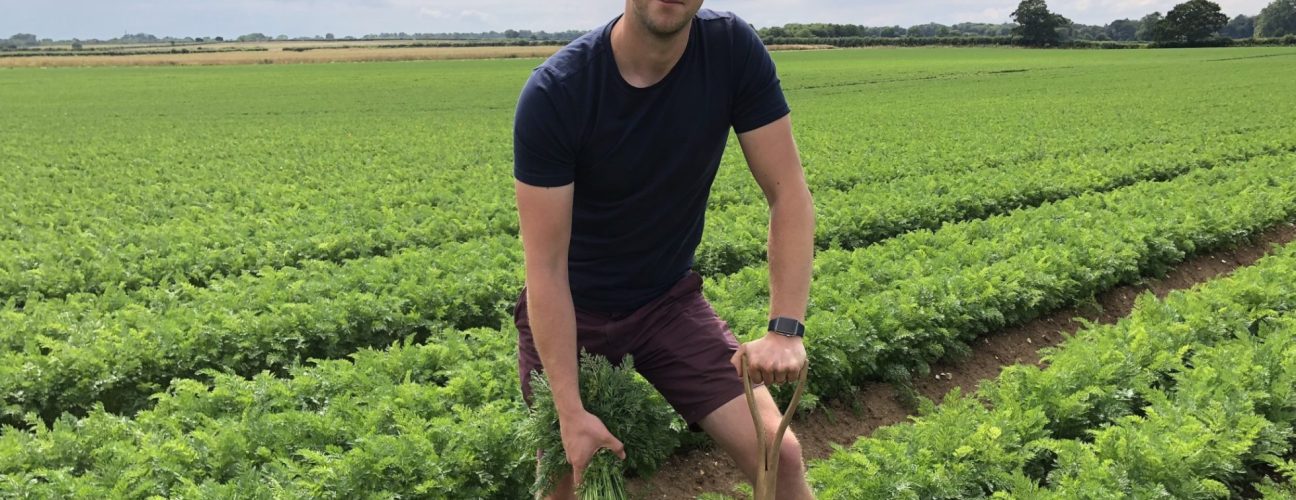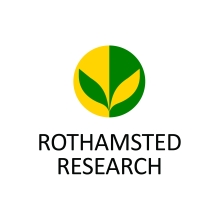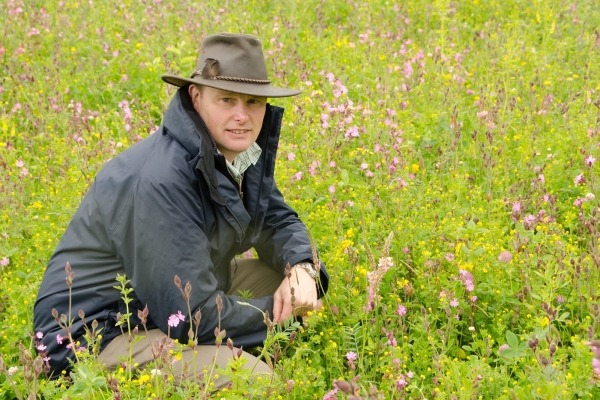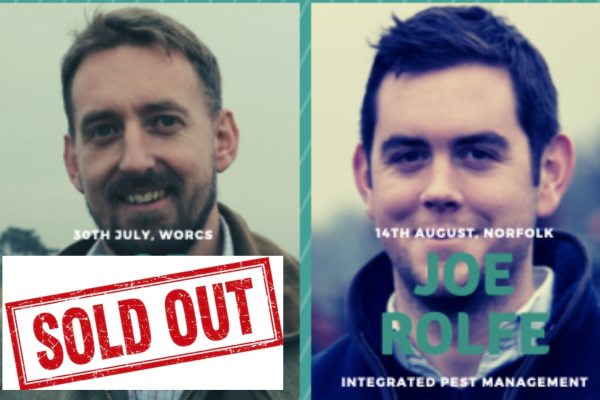Joe Rolfe
RBOrganic Farm, Houghton, Norfolk
RBOrganic is a vegetable growing business that forms part of Houghton Hall Estate in Norfolk. We have a long-term relationship with Houghton and are a tenant farming business that work within their farming system, running the vegetable part of the farm. The mixed farming enterprise (dairy farm, beef, pig, sheep, deer, poultry and vegetables) is all organic and includes 1000 acres of cereals, 100 acres of green manure, 500 acres of forage, an autumn calving jersey herd, longhorn cows, Norfolk horn sheep, commercial ewes, pigs, chickens and a deer park.
Houghton Hall estate was converted to organic production in 1998, RBOrganic Farm was formed in 2004 and farms 450 acres of organic vegetables.
We have aligned ourselves as a grower and packer; we’re not just a farming business. We are owned by Produce World Ltd which has two divisions; Burgess Farm Produce, and RBOrganic (our own farming enterprise and packing business). We are one of 6 growers that form part of the British Organic Carrot Growers Association (formed to market organic carrots). Much of the innovation, types of drills we use, and our approach to the farming system has come from learning from each other through the Association.
Listen to Joe talk about Houghton and how RBOrganic fits into the estate here:
Listen to Joe talk about how RBOrganic farms the organic vegetable business within the Houghton estate here:
Some key points
- We grow carrots; about 6,000 tonnes per annum (pa); potatoes; 1,500 tonnes pa, onions; 1,000 tonnes pa; and leeks (joint venture) within a minimum 7-year rotation.
- Organic fertilisers are applied on the back of soil samples and leaf analysis and in line with irrigation management, to get the best output from the crops.
- Our yields are very close to what you would achieve conventionally.
- We use the latest hybrid crop varieties; the majority have some form of resistance built in – with potatoes and onions we’re using varieties resistant to blight and downy mildew.
- We grow different varieties of crops, taking elements of best varieties and making sure we grow at the right time of the season. With the spread of different varieties, when we have a problem with one, we’ve got the option to move onto another one.
- Nairobi is the main variety of carrot we grow.
- Much of our weeding is done by hand but we have been investing in on-farm automation using precision farming.
- Our rotation is divided into light land (veg crops and livestock), medium (potatoes and livestock) and heavy (grass, wheat or livestock).
- On the veg rotation we’ll have 3 years of grass and clover, a cereal crop – which is a break crop, a low-value crop to soak up nitrogen, then either carrots or potatoes, then cereals, then another veg crop, then cereals, then back into grassy clover.
- The principle reasons for grass-seed clover are weed suppression, fixing nitrogen, building SOM and feeding livestock.
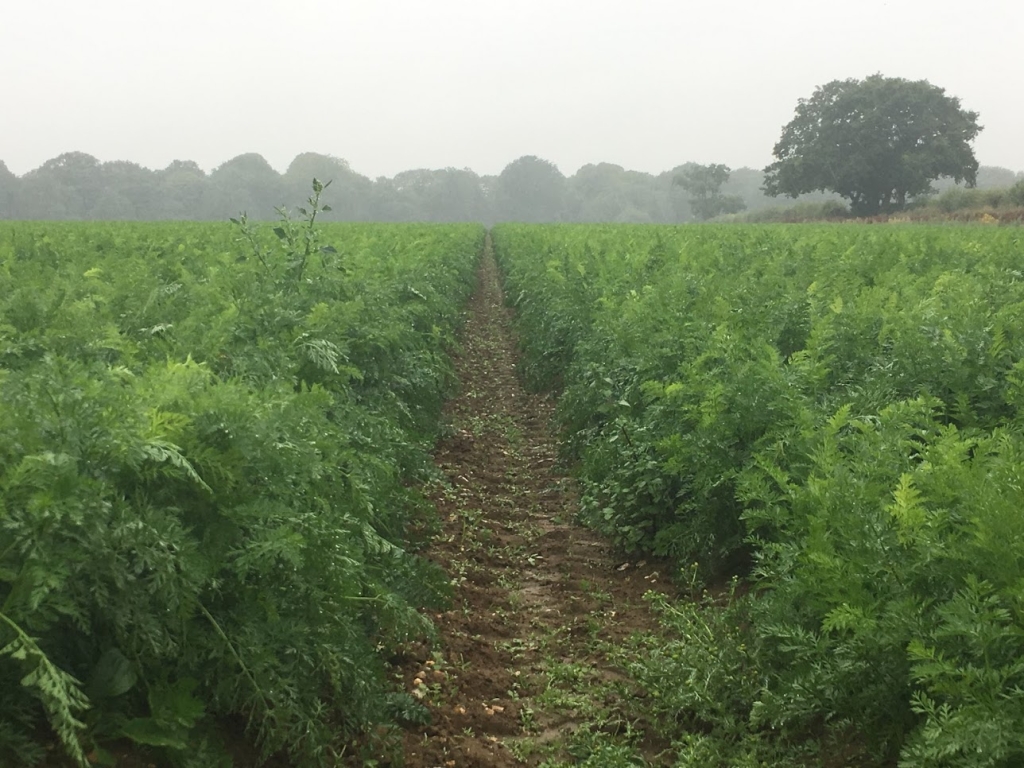
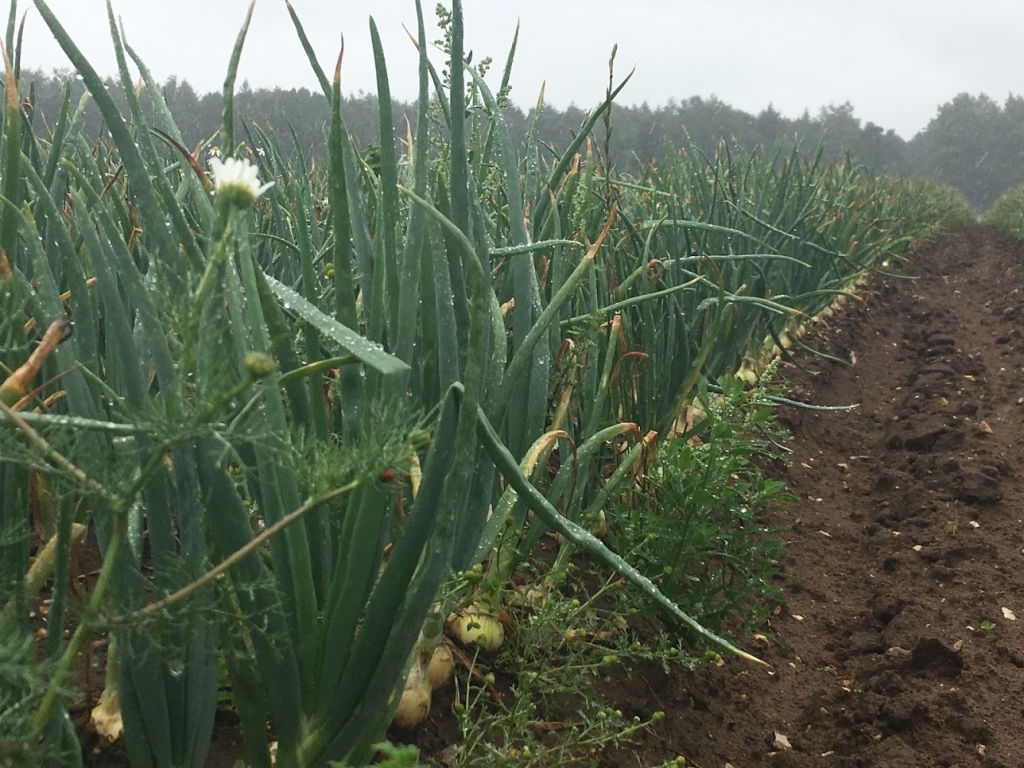

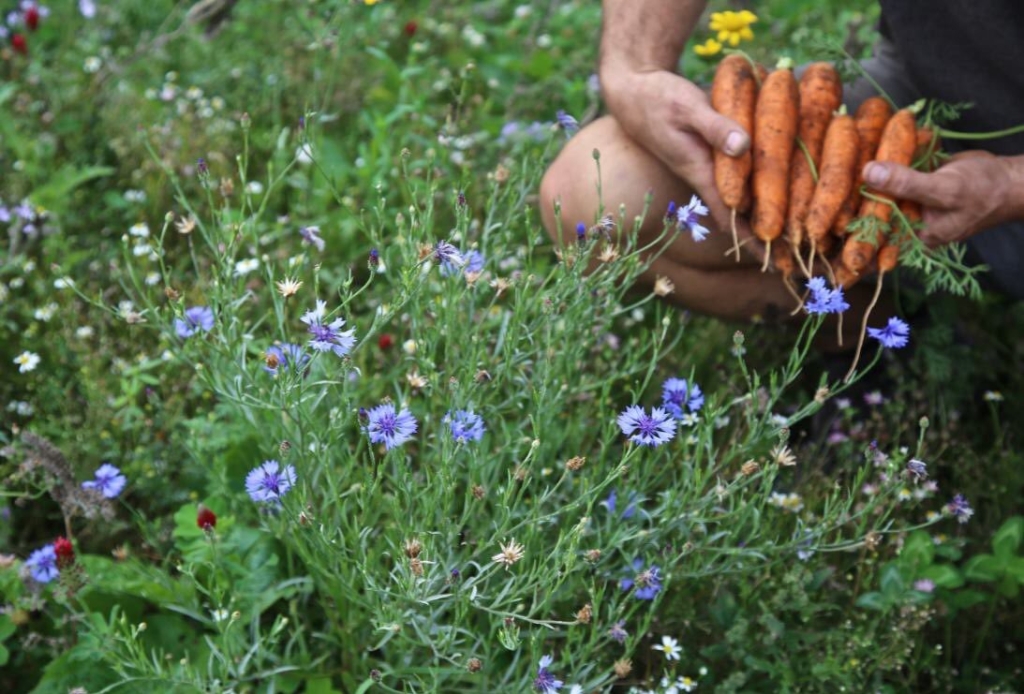
Sustainability in practice
Using beneficial insects to control aphids
We are working on attracting beneficial insects with researchers from Rothamsted Research who are testing which flowers are best for attracting natural enemies. It’s about providing the right resources for them at the right time of year. We have been struggling with the autumn sowing of strips; we’re putting annual strips in and spring sowing them into conventional fields. We’re also mapping where the aphids are in fields.
Listen to Joe describe some of their approaches and practices here:
Key points
- After the worst aphid attack in living memory in 2015, we needed to look at how we could reduce aphid populations, which led us to KOPPERT. With them we have identified many different options of ways of bringing in beneficials and improving the different habitats they live in.
- We’ve gone from putting strips of pollen and nectar mixes within fields to looking at having beetle banks and more permanent pollen nectar mixes.
- Carrot fly is a big pest problem for us (there’s now a huge resistance in carrot fly to the organic insecticide you can use). We have done lots of research looking at how carrot fly feeds / lives over winter / it’s habitat / how it mates / how many life cycles it has etc.. Cow parsley is a perfect winter host so we have been focusing on ways of reducing the amount of cow parsley on the farm.
- When we have a winter carrot crop we make sure that the following crop the next season is far enough away to stop carrot fly moving from one field to another.
- We’ve also been looking at whether we can distract the males and females when it comes to mating, so we’re looking at different scents and at drilling onions round the outside of carrot fields.
Cover crops in relation weed and disease control and irrigation
Listen to Joe discuss using cover crops to help reduce the weeds & disease burden and their approach to irrigation here:
Key points
- Oil radish is our preferred cover crop; it quickly establishes a good taproot, has a great biomass to put back into the field in spring, and we can graze it.
- Cover crops can help with weed management and are particularly useful to help get rid of volunteer potatoes, with sheep grazing fields off.
- Irrigation management is important for the growth and resilience of plants; healthy soils give healthy plants.
- Applying the right amount of water at the right time has allowed us to improve our disease control within the crop. On the back of understanding crop requirements via live weather data we’ve been collecting, we have much improved application timings and techniques; our soils are more resilient, we have far less issues with periods of drought and heavy rain, and crops are healthier and can therefore withstand more pressure; whether that’s weather, pest or disease related.
Also see the farmer profile for Andrew Burgess (founder of RBOrganic)
Editor’s note
The audio clips were recorded at a presentation Joe did as part of an Agricology field day held in August 2019.
